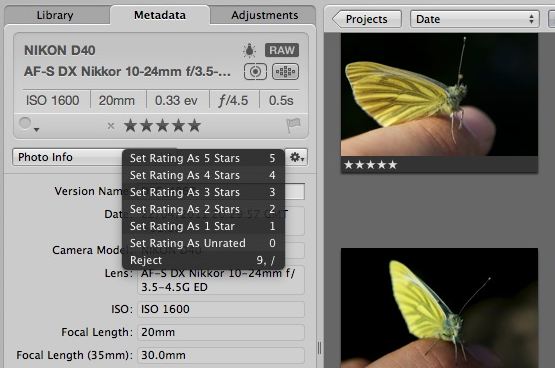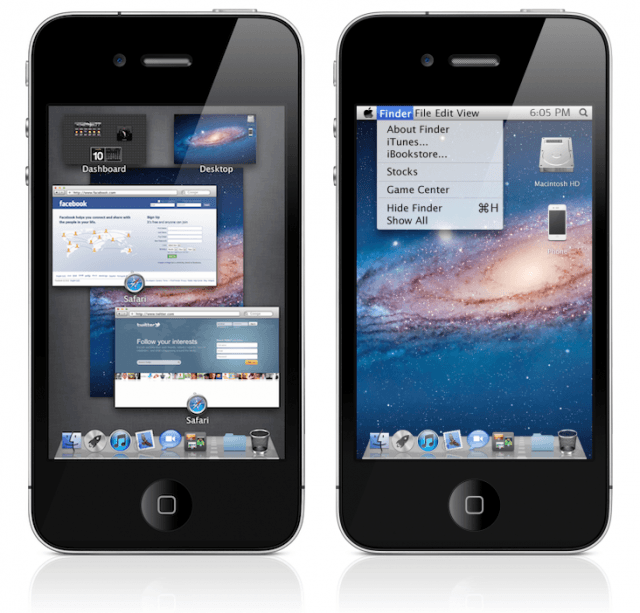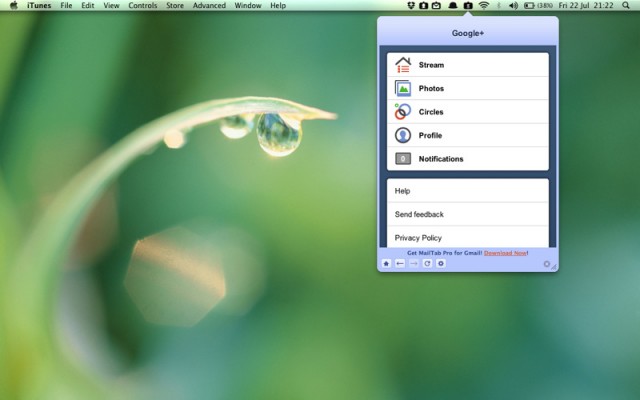Many Mac users have multiple systems of varying ages, and often several different copies of their iTunes and iPhoto libraries. Here’s how to get them all in one place:
Your post today about sharing libraries made me wonder whether you have addressed importing/merging libraries across two Macs. My wife has a desktop PowerMac G4 Cube and a newer MacBook. She wants to import both her iPhoto and iTunes libraries to the MacBook, but I’m not sure how to accomplish this. Also, because the Cube has slow USB and the MacBook has no Firewire, I’m not even sure how to get the data over to the MacBook without it taking eons. Any thoughts would help.
Thanks! Rik
![How Do I Merge iTunes and iPhoto Libraries? [Ask MacRx] AskMacRx.jpg](https://www.cultofmac.com/wp-content/uploads/2011/10/AskMacRx.jpg)

![My Mac is Stalling with Finder Error Code 36 [Ask MacRx] AskMacRx-fix](https://www.cultofmac.com/wp-content/uploads/2011/10/AskMacRx-fix.jpg)
![Capturing Streaming Video In OS X Lion [Video How-To] Streaming](https://www.cultofmac.com/wp-content/uploads/2011/09/Streaming.jpg)
![Make The Most Of AirDrop [Video How-To] AirDrop](https://www.cultofmac.com/wp-content/uploads/2011/09/AirDrop.jpg)

![Install Windows 8 in a Virtual Machine on Your Mac in Just 4 Simple Steps [How-To] Windows-8-inside-OS-X-Lion](https://www.cultofmac.com/wp-content/uploads/2011/09/Screen-Shot-2011-09-16-at-12.04.19.png)
![Install Windows 8 On Your Mac With Boot Camp [Video How-To] bootcamp](https://www.cultofmac.com/wp-content/uploads/2011/09/bootcamp.jpg)

![Fixing Finder Annoyances In OS X Lion [Video How-To] Untitled](https://www.cultofmac.com/wp-content/uploads/2011/09/Untitled.jpg)
![How To Extend Your WiFi Network Range [MacRx] Extend-WiFi.jpg](https://www.cultofmac.com/wp-content/uploads/2011/09/Extend-WiFi1.jpg)
![Changing The Default Screenshot Format In OS X [Video How-To] Screenshot](https://www.cultofmac.com/wp-content/uploads/2011/09/Screenshot.jpg)

![Disable Lion’s Resume Checkbox When Shutting Down [Video How-To] Resume](https://www.cultofmac.com/wp-content/uploads/2011/08/Resume.jpg)
![Downgrade OS X Lion To Snow Leopard [Video How-To] Lion2SL](https://www.cultofmac.com/wp-content/uploads/2011/08/Lion2SL.jpg)
![Restore Missing OS X Features On New Macs [Video How-To] Lion](https://www.cultofmac.com/wp-content/uploads/2011/08/Lion.jpg)
![Make The Most Out Of Preview In OS X Lion [Video How-To] Preview](https://www.cultofmac.com/wp-content/uploads/2011/08/Preview.jpg)
![No HDMI Sound Under OS X Lion Using A Mini DisplayPort or Thunderbolt Adapter? There’s An Easy Fix For That [How-To] kanex-displayport-20091005](https://www.cultofmac.com/wp-content/uploads/2011/08/kanex-displayport-20091005.jpg)


![How to Change the Scrolling Direction in Lion [OS X Tips] Trackpad scrolling settings Lion](https://www.cultofmac.com/wp-content/uploads/2011/08/Trackpad-scrolling-settings-Lion-e1312867193184.png)
